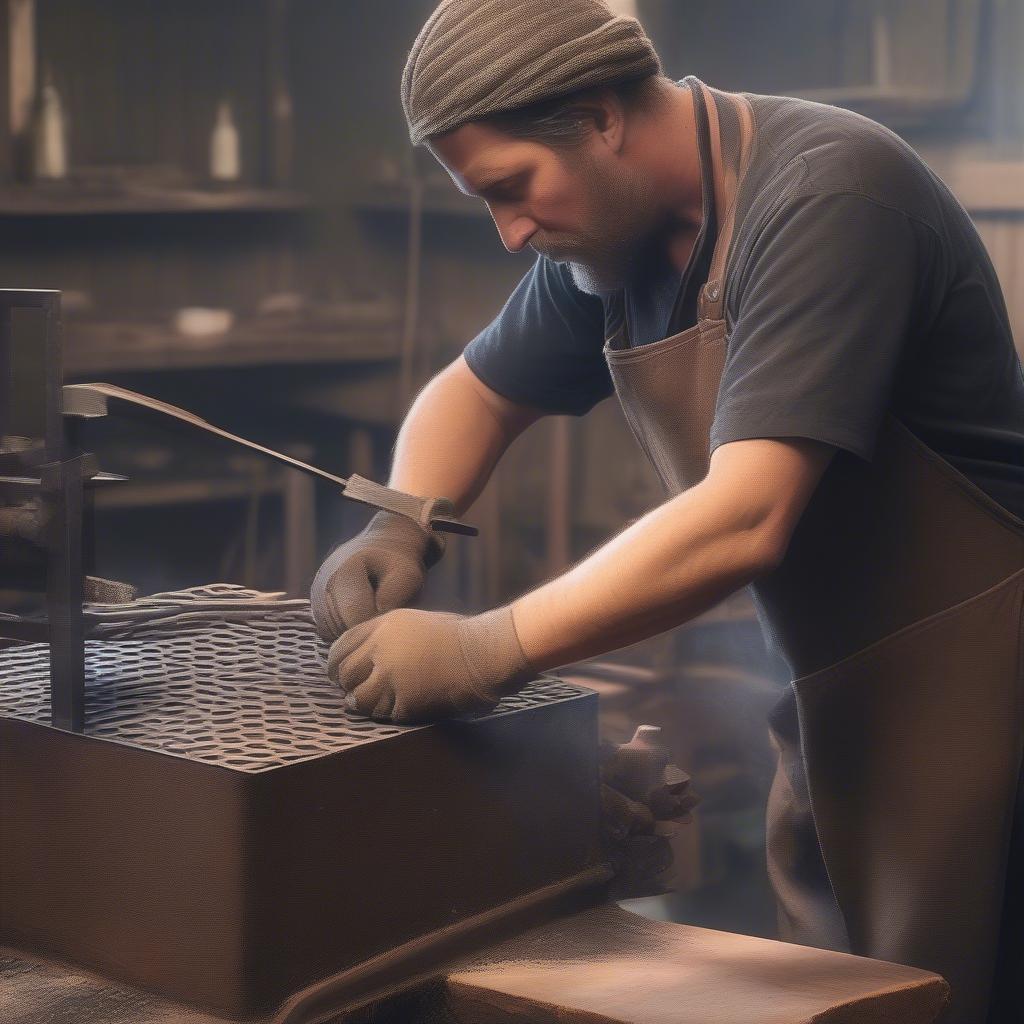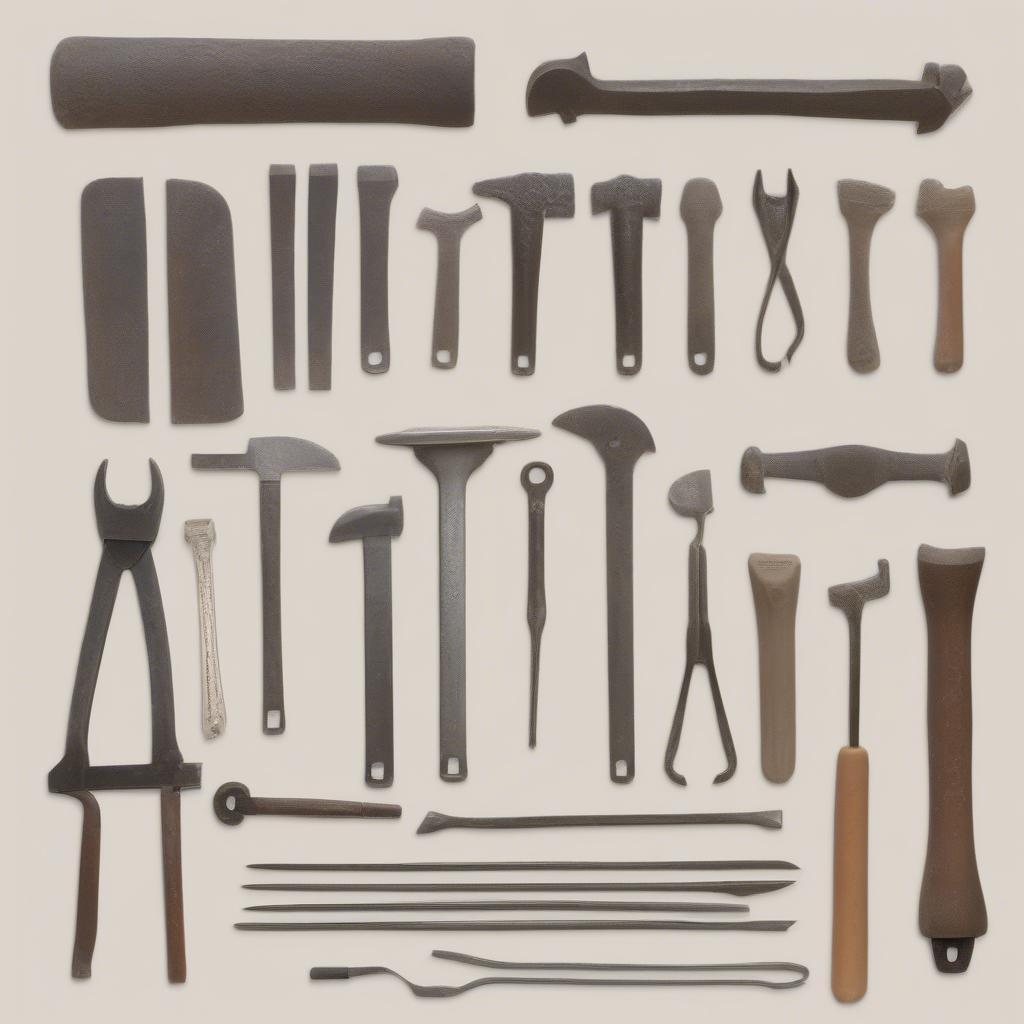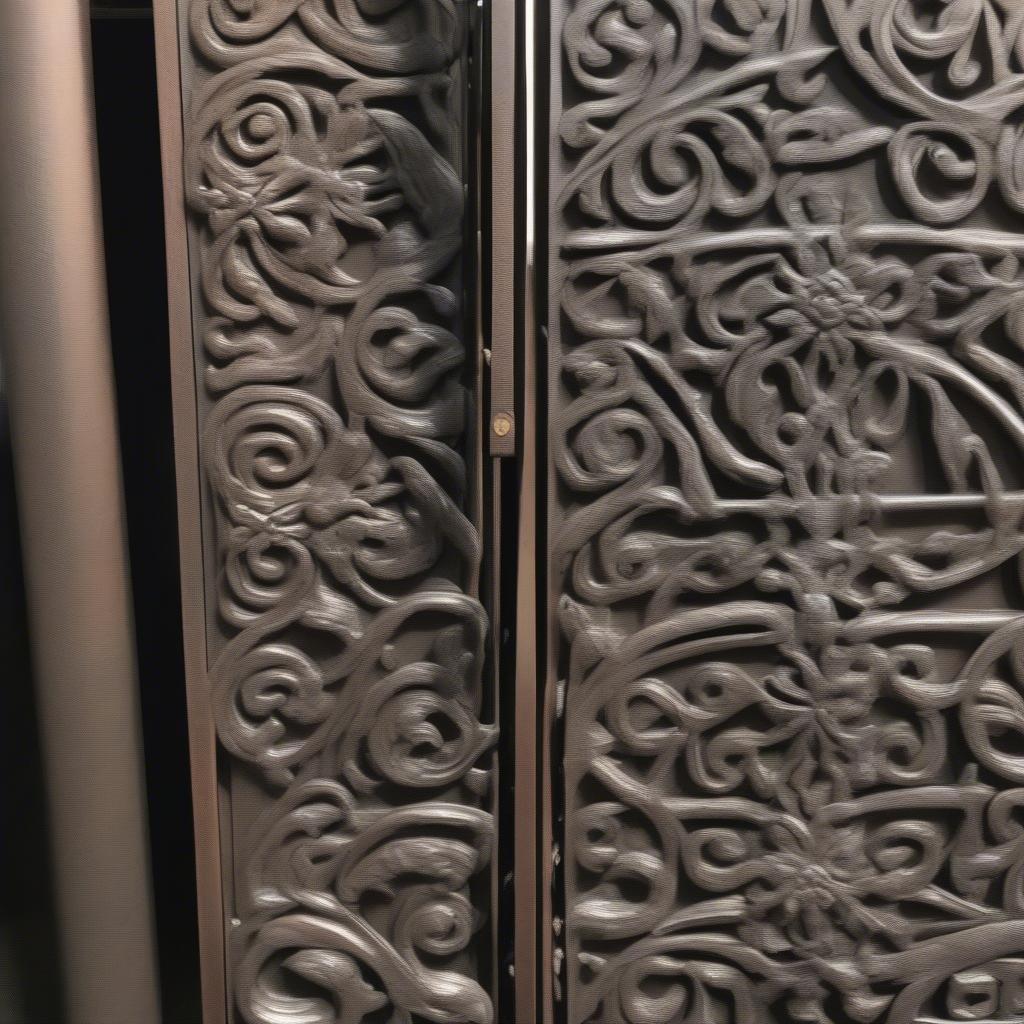Basket Weaving
How to Make Forged Basket Weave
Forged basket weave, a striking decorative technique, transforms ordinary metal into intricate, textured pieces. This guide delves into the art of creating forged basket weave, exploring its nuances, techniques, and offering a comprehensive understanding for both beginners and seasoned metalworkers. Let’s unravel the secrets behind this captivating craft.  Forged Basket Weave Basics
Forged Basket Weave Basics
Understanding the Forged Basket Weave
Forged basket weave involves manipulating heated metal, typically steel or iron, to create an interlaced pattern resembling woven baskets. This technique is used in various applications, from decorative gates and fences to furniture and artistic sculptures. It adds a touch of rustic elegance and timeless appeal to any metalwork. The process requires specific tools, a controlled heating environment, and a good understanding of metal behavior. This intricate process demands patience and precision but the results are undeniably rewarding.
What sets forged basket weave apart from other metalworking techniques is its textural depth and visual complexity. It’s more than just joining metal pieces; it’s about sculpting them to flow seamlessly into each other, mimicking the organic weave of a basket. basket weave bag crochet pattern offers a unique perspective on weaving, albeit with a different material.
Essential Tools and Materials for Forged Basket Weave
Before you embark on your forged basket weave journey, ensure you have the right tools and materials. These include:
- Forge: A crucial element for heating the metal to the desired temperature.
- Anvil: The solid base upon which the metal is shaped and hammered.
- Hammer: Various hammers are used for different stages of the process, including shaping, flattening, and texturing.
- Tongs: Essential for gripping and manipulating the hot metal.
- Metal Stock: The raw material, usually steel or iron, chosen based on the project’s requirements.
- Safety Gear: Protecting yourself is paramount. Always wear safety glasses, gloves, and a leather apron.
 Essential Tools for Forged Basket Weave
Essential Tools for Forged Basket Weave
Having the appropriate tools makes a significant difference in the quality and ease of your work. Using the correct hammer, for instance, allows for precise control and efficient shaping of the hot metal.
Step-by-Step Guide to Creating a Forged Basket Weave
- Prepare the Metal: Cut the metal stock into the desired lengths and widths for your weave strips.
- Heat the Metal: Place the metal strips in the forge, heating them to a forging temperature (bright orange to yellow).
- Shape the Strips: On the anvil, hammer the heated strips into flat, elongated pieces with tapered ends.
- Begin the Weave: Arrange the first two strips perpendicularly, overlapping slightly at the center. Hammer the intersection to secure the joint.
- Add More Strips: Continue adding strips, alternating their placement above and below the previous ones, mimicking a basket weave pattern. Hammer each intersection to create a strong and visually appealing weave.
- Refine and Finish: Once the weave is complete, refine the shape, smooth out any rough edges, and apply a protective finish if desired.
fabric basket weaving tutorial demonstrates a different approach to weaving, offering an alternative perspective on this ancient craft.
Common Challenges and Troubleshooting Tips
- Uneven Heating: Ensure consistent heating throughout the metal to avoid cracking or warping.
- Weak Joints: Proper hammering at the intersections is crucial for a strong, durable weave.
- Distorted Pattern: Practice and patience are key to maintaining a uniform and symmetrical weave.
Master blacksmith, Johnathan Miller, advises, “The beauty of forged basket weave lies in its imperfections. Embrace the slight variations, as they add to the handcrafted character of the piece.”
Maintaining the Beauty of Forged Basket Weave
Maintaining forged basket weave is relatively straightforward. Regular cleaning with a soft cloth can remove dust and dirt. Applying a protective coating, such as wax or clear sealant, can help prevent rust and maintain the piece’s luster.
Anya Petrova, a renowned metalwork artist, notes, “Forged basket weave, with proper care, can last for generations, becoming a cherished heirloom passed down through time.” basket weave crochet step by step provides another interesting example of the step-by-step process involved in a different type of weaving.
 Finished Forged Basket Weave Product
Finished Forged Basket Weave Product
Conclusion
How To Make Forged Basket Weave involves understanding the technique, gathering the right tools, and practicing patience and precision. While it requires skill and dedication, the resulting artistry and durability make it a rewarding endeavor. This ancient craft continues to captivate and inspire, adding a touch of timeless elegance to the world of metalwork. For further exploration of weaving techniques, tunisian crochet basket weave might provide some inspiration.
FAQ
- What type of metal is best for forged basket weave?
- What is the ideal temperature for forging?
- What are the common mistakes to avoid?
- How to clean and maintain forged basket weave?
- Where can I find more resources on blacksmithing?
- Can I use a propane forge for this technique?
- What safety precautions should I take?
You might also be interested in basket weave purse crochet pattern for a different take on basket weaving.
For any assistance, contact us at Hanoi, Vietnam or Tech Avenue, Suite 12, San Francisco, CA 94105, USA. We have a 24/7 customer support team.
